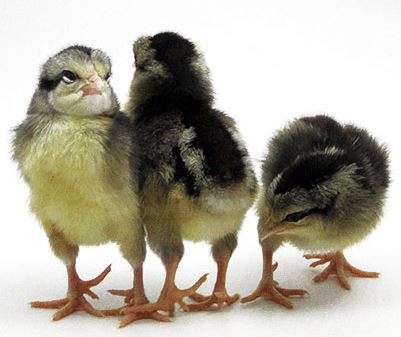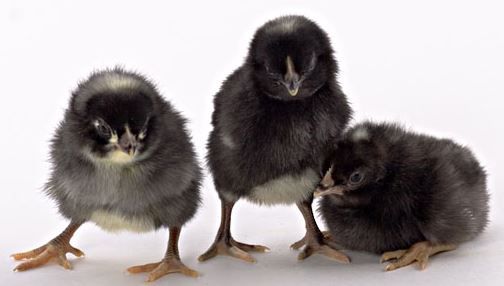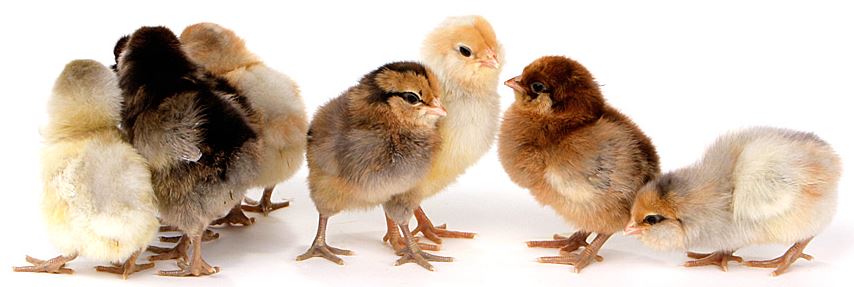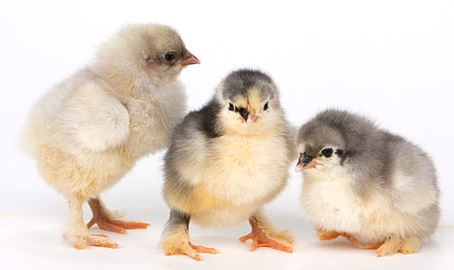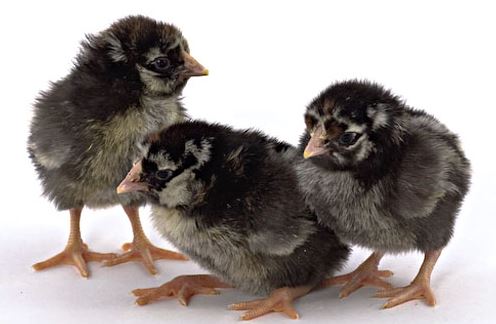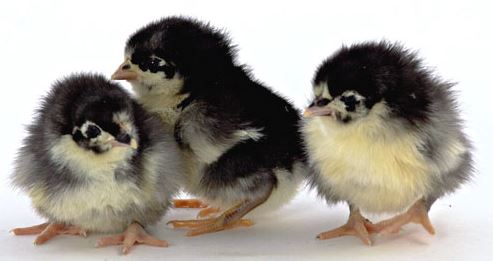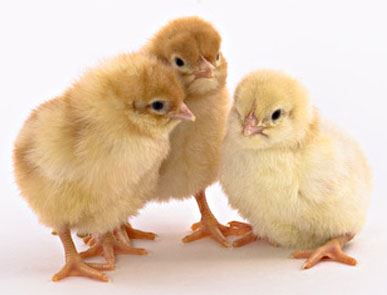In addition to the calendar published by the Extension office for my county, I found the following resource while searching for hardiness zone information.
Generated by the National Gardening Association online tool
On average, your frost-free growing season starts May 6 and ends Oct 9, totaling 156 days.
Your planting strategy:
Spring:
Cole crops like broccoli, cauliflower, and cabbage can be direct seeded into your garden around March 25, assuming the ground can be worked, but it’s better to start them indoors around February 26 and then transplant them into the garden around April 16. Do the same with lettuce and spinach.
Plant onion starts and potatoes around March 7. Sow the seeds of peas (sugar snap and english) at the same time. If the ground is still frozen, then plant these as soon as the ground thaws.
Do you want to grow tomatoes, peppers, and eggplants? Start these indoors around February 26. Then, around May 2 you should start watching the weather forecast and, as soon as no frost is forecast, go ahead and transplant those into the ground.
Now, for all the summer vegetables like beans, cowpeas, corn, squashes, pumpkins, cucumbers, watermelons, gourds and sunflowers, you should plant those seeds directly into the ground around May 6, or if your soil is still very cold, once the soil is near 60° F in temperature. Having said that, we note that your location has a shorter than average growing season. Many summer vegetables need more days to mature than your area will provide. For that reason, we recommend you get a head-start by starting these summer vegetables indoors around April 16, and transplant those seedlings out after the danger of frost is past.
Autumn:
Gardening in the fall can be much more challenging than spring planting, because you are in a race to get your crops mature and harvested before the winter frosts begin, around October 9. This means you need to consider how much time each variety needs between planting and picking. Those numbers vary widely between different varieties of the same kinds of plants! Usually the “Days to Harvest” are present on the seed packet.
Most tomatoes, peppers and eggplants, for example, require around 100 days to harvest, therefore you’d want to transplant those into the ground around July 1. Anyway, it’s important to remember that the numbers in this fall planting guide are only a starting point for you! Good luck and good gardening to you.
Fall is the time to plant garlic. Around August 25, take your cloves apart and plant the toes about 3 to 4 inches deep. This may not be accurate! Garlic dates vary wildly around the country. The way to be sure is to use a soil thermometer. When the soil temperature is 60° at a depth of 4 inches, then plant your garlic.
Cole crops like broccoli, cauliflower, and cabbage can be direct seeded into your garden around July 31, but because of the heat during that time of year, it’s better to start them indoors around June 11 and then transplant them into the garden around July 21. Do the same with lettuce and spinach.
Sow peas directly around July 26.
Now, for all the usual hot weather veggies like beans, cowpeas, corn, squashes, pumpkins, cucumbers, watermelons, gourds and sunflowers, you should plant those seeds directly into the ground around June 26.

